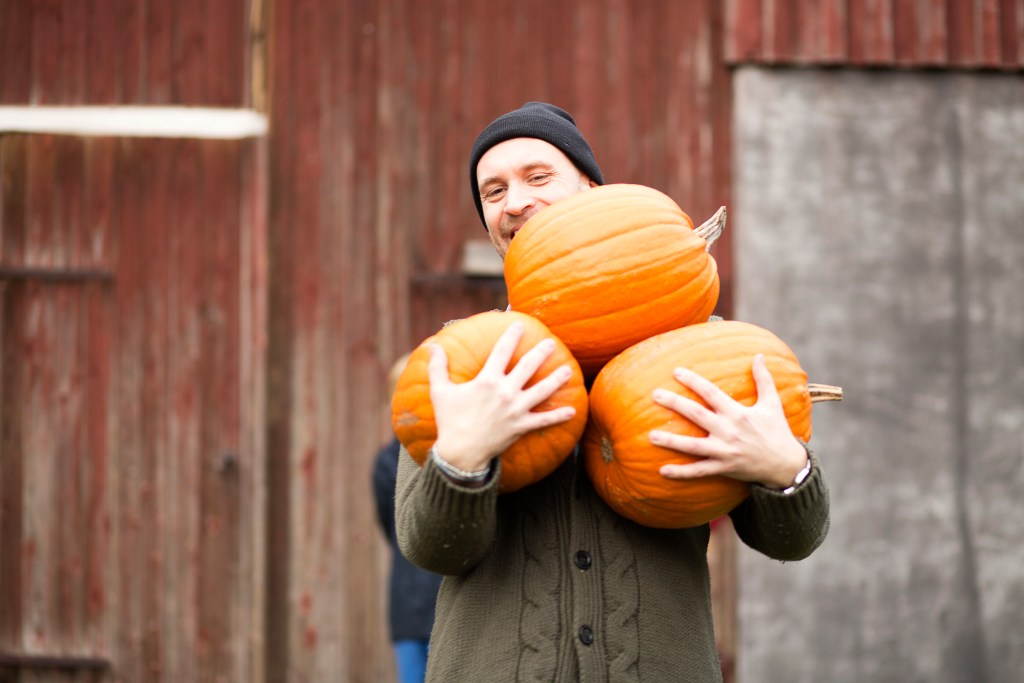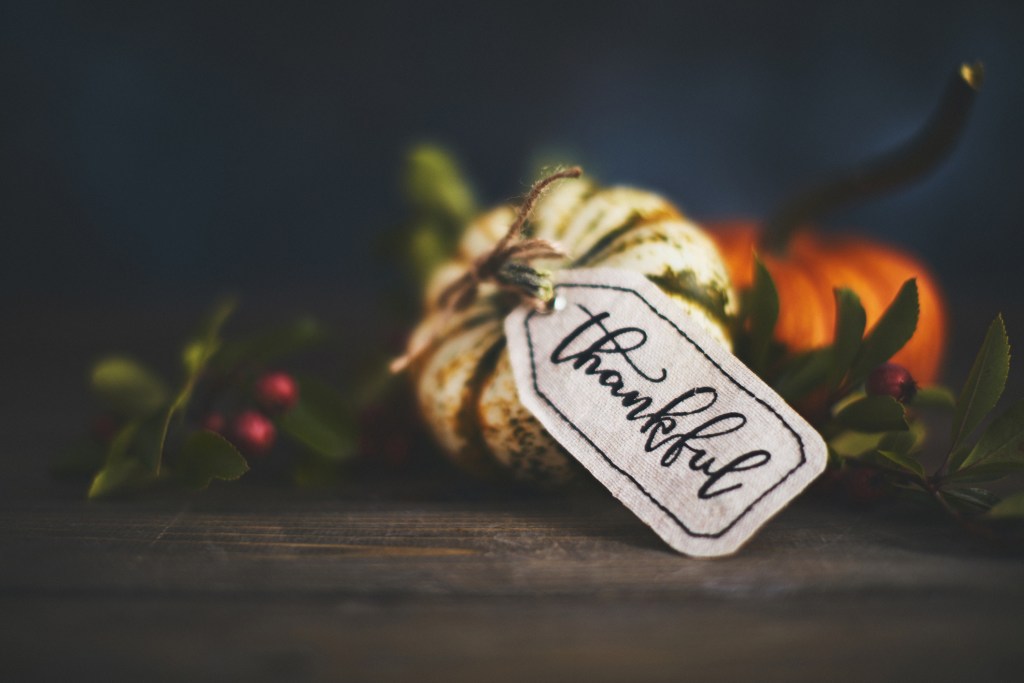Still have whole pumpkins from your Halloween festivities? You’re not alone. This autumn, you can definitely still find creative ways to use your leftover pumpkins. In addition to recycling your jack-o-lanterns, you can incorporate these spooky, ubiquitous gourds into your final days of fall fun. If you’re wondering what to do with pumpkins after October, keep reading ahead!

Use seeds to replant them
One of the best uses of pumpkins is to, of course, grow more pumpkins! If you’re planning on cooking with pumpkins, don’t throw the seeds into the garbage or eat all of them just yet. Pop them into a colander, place them under running water, and remove as much of the pulp as possible. Dry them out on a paper towel for about a week, then store your seeds in an envelope for future use. To have a harvest ready for next Halloween, plant your seeds between late May and early July.
When you’re ready to plant pumpkins, make sure you give your plant deep waterings each week and six hours of direct sunlight every day — they need this sustenance to grow the fruit. Pumpkins really do best in zones 3 through 9, so you may have challenges with the cold and heat if you live outside of this range.
Preserve them
Of course, you can cook with pumpkins immediately to make soups and pies. But it’s also easy to preserve them so that you can keep incorporating pumpkin into your recipes throughout the fall and winter. Freezing is the easiest way to preserve pumpkins — cut up slices of pumpkin and save the seeds for planting and the pulp for composting (or other crafts and personal care activities, if you so desire). If you’re planning to freeze your pumpkins, bake cut slices for about half an hour at 350 degrees Fahrenheit. After, you can mash them down into a puree or just leave them whole before popping them into your freezer in plastic bags.
When you’re ready to use pumpkin for your soups and pies, defrost your slices in the refrigerator. In the freezer, your pumpkin should last a good four to five months. Other ways to preserve your pumpkins include turning pumpkin puree into fruit jerky with a dehydrator and pickling them with vinegar, sugar, and cinnamon for a tasty side dish with savory meals for your fall dinners.

Use them to decorate for Thanksgiving
Pumpkins work as decor well into late autumn, which includes all of your Thanksgiving festivities, too. You can line your pumpkins up on a dining table or a nightstand in a guest room. Arrange them in a basket or cornucopia with some dried (or fake) leaves and corn stalks for an extra autumnal vibe. You can decorate them with spray paint and paint pens as well, although this step is optional — the pumpkin by itself should be plenty festive. Some crafters even spray paint miniature pumpkins white and attach them together to craft snowmen, so pumpkins can really be versatile well into winter! In fact, the blog Pinecone Cottage Retreat has an entire tutorial devoted to creating a pumpkin snowman.
Create a pumpkin tureen for your autumn soup
Sure, there are many pumpkin uses in the culinary world, but what about making pumpkin part of your plating? Yes, you can create a pumpkin bowl for your hearty soups, just like those bread bowls for clam chowder! Find a pumpkin that’s at least eight inches in diameter and thoroughly wash the outside. Prepare it as though you’re cutting a jack-o-lantern for Halloween — minus the carving, of course. After removing the seeds and pulp, add your soup materials and pop your pumpkin on a baking tray in the oven at 350 degrees Fahrenheit for two hours or until the pumpkin feels tender. Check out a detailed recipe from Epicurious, here.
Even beyond the jack-o-lantern and pumpkin pie, pumpkin — and we really mean all of the pumpkin — can actually be a staple in the home, whether you’re eating it or decorating with it. It’s synonymous with fall, and it’s really no wonder why. At the end of autumn, clean and save your seeds for even more pumpkins to celebrate fall the following year!
Editors' Recommendations
- 6 tips you should keep in mind when building your own drought-tolerant garden
- Climate zone 3 plants that will thrive in cool temperatures
- What to do with an old Christmas tree: 6 ways to recycle your tree after the holidays
- These are the 10 best gardening shows to stream right now
- The best vegetables to plant in November




